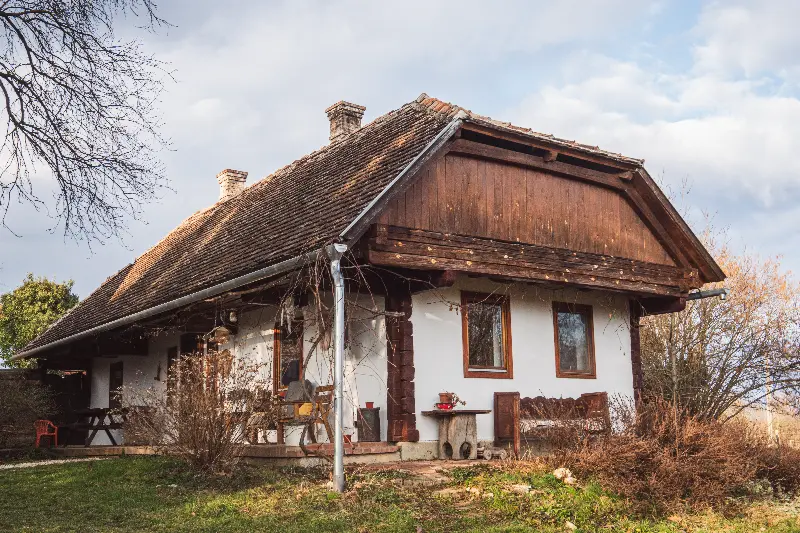
Helyszín címkék:
Travel to a warmer climate at home: the Egyptian collection of the Déri Museum
Hype&Hyper
Sarcophagus, scarab and escape room in one place!
The history of Debrecen is revealed to the explorers of the city by walking through its streets and squares. But the exhibitions of the Déri Museum in the historic city centre offer one of the most complete pictures. What makes the institution really special is not only its rich local history, but also the universal collection of Frigyes Déri, the eponym of the institution.

Debrecen on the map of Hungarian and European culture: a brief history of the museum
In October 1920, a momentous event took place in Debrecen: the wealthy silk manufacturer Frigyes Déri donated a significant collection to the Hungarian state, with the condition that a museum be set up in the city to display it. Thus, the collection of the City Museum, founded in 1902, was united with that of Frigyes Déri, thus contributing significantly to the transformation of Debrecen into a cultural hub. Déri’s collection ranged from ancient Egyptian funerary relics, through East Asian artifacts, old Hungarian paintings and books, to a collection of weapons and numismatics.

Located at 1 Déri Square, the neo-baroque Déri Museum opened its doors in 1930, with a history of more than a century. The museum building was designed on the basis of drafts prepared by architects Dénes Györgyi and Albert Münnich.
“The inhabitants of the starry sky”
There are more than twenty exhibitions on two floors of the museum. One of the institution’s permanent archaeological exhibitions is entitled The inhabitants of the starry sky, which focuses on ancient death cult symbols and common human and social phenomena related to death. The findings in Hajdú-Bihar county, dating from the Middle Neolithic to the Hungarian occupation, will help to reveal all this.

In addition to the customs and artefacts, the exhibition also emphasises the intellectual background to the other world: this is where the unique Egyptian collection of the Déri Museum is linked to the archaeological exhibition. To see it, we enter the celestial sphere, both symbolically and in reality: the exhibition of the collection is located in the gallery of the room, in the form of an Egyptian tomb. Since the museum opened in 1930, visitors have been able to admire the ancient artefacts that are one of the main attractions not only of the Egyptian exhibition, but of the museum as a whole.
Object stories from Egypt
The two mummies and their accompanying sarcophagi are historically and museologically important objects in the ancient Egyptian collection. Such well-preserved ancient Egyptian coffins and human remains are a rare treasure in Hungary. These curiosities date back to Archduke Franz Ferdinand’s circumnavigation of the world: the sarcophagi and the mummies inside were purchased by Frigyes Déri on 10 October 1918 at the Dorotheum auction in Vienna, one of the oldest auction houses in the world.

What do these graves and their “inhabitants” tell us?
One sarcophagus contains the mummy of a descendant of a priestly dynasty: the deceased is a short, small, thin young adult, 150 centimetres tall. The inscriptions on his coffin, made of petroglyphs, also show that his name is Hor. His father, Nes-min, was a supervisor of royal statues, and his mother, Ta-serit-min, was a temple dancer. The body of the young man, barely twenty years old, was laid to rest in Ahmim in the 4th century BC, during the XXX-XXXI Dynasty. In the second sarcophagus lies a 40-50 year old man who died in the New Empire, during the reign of the XVIII Dynasty. His coffin shows a face painted ochre red and detailed arms and fists crossed over the chest. However, the inscriptions on the sarcophagus are fragmentary and the space reserved for the name of the deceased is empty.
The history of the precious objects on display in the room is not only available through guided tours.In the museum’s special programme, Egyptian Wanderer, you can experience the atmosphere of the escape rooms in the Egyptian tombs with friends or family.
Photos: Déri Museum



